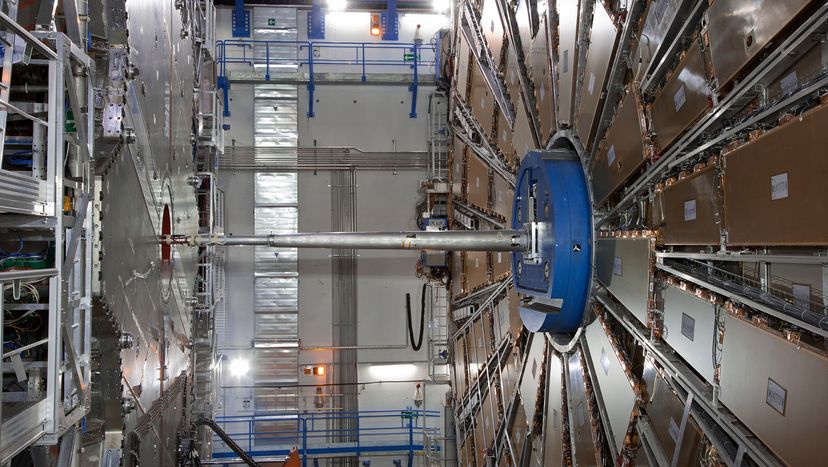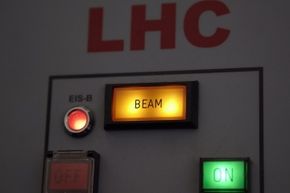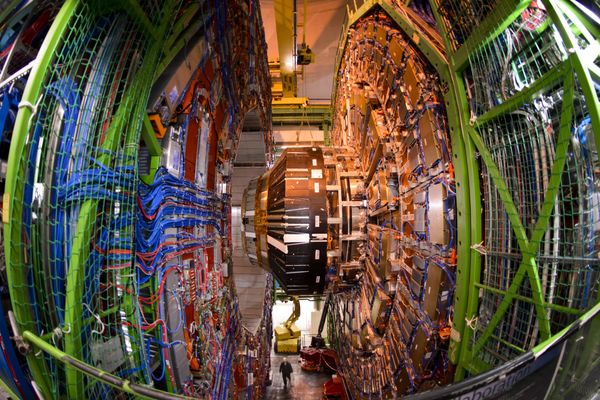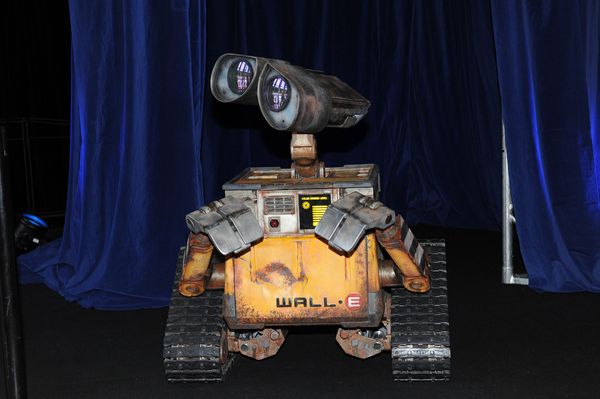CERN, which mainly focuses on particle physics, has existed since the 1950s. At the end of World War II, Europe was a mess and its scientific community a shambles. Scientists in the United States, which included many plucked from Europe, had taken the lead in physics.
In 1949, French quantum physicist Louis de Broglie proposed that Europe try to recapture its scientific glory by creating a multinational atomic physics laboratory.
CERN Members and Observers
A few years later, CERN was born and built just outside Geneva. The 12 founding states included Belgium, Denmark, France, West Germany, Greece, Italy, the Netherlands, Norway, Sweden, Switzerland, the United Kingdom and Yugoslavia.
As of January 2023, 23 countries, including Israel, Poland and Finland, are CERN members, and each one gets two spots on the CERN council (the decision-making body) but a single vote on such decisions. CERN's Director-General, Fabiola Gianotti, essentially functions as the leader.
The United States is not a member but an observer state — that is, one that can attend meetings and get info but not vote on CERN matters [source: CERN]. (Speaking of the U.S., it contributed $531 million for the construction of several LHC components.)
CERN's Goals
CERN's job was to find out how the universe worked. No big deal, right?
Scientists decided the best way to accomplish this monumental task was to build giant machines that slammed subatomic particles into one another. The hope was that these so-called atom smashers would give researchers a glimpse back to the time just after the universe came into being.
Accordingly, CERN started building its very first accelerator, the Synchrocyclotron, in 1957. The Synchrocyclotron crashed and smashed its way toward 33 years of service. CERN now operates several accelerators and one decelerator in a building complex that straddles the Swiss and French border. The cost of the experiments is spread over the member states [sources: Exploratorium, CERN].
Working at CERN
By 2014, 2,400 full-time employees and 1,500 part-timers, were working at CERN, while more than 600 institutes and universities had access to its facilities to start unraveling a variety of mysteries, such as antimatter, black holes, subatomic particles and the events that occurred a split second after the Big Bang.
Moreover, 10,000 scientists from 113 countries — half of all the particle physicists on the planet — stop by CERN for research each year. And it's not just scientists either.
People work at a variety of jobs including engineers, experimental physicists and even accountants. Scientists from member states get the first crack at a position, although CERN always considers senior scientists from other countries [sources: Exploratorium, CERN].
Connecting the World
In 1989, Tim Berners-Lee, a British scientist, helped to invent the World Wide Web by developing hypertext transfer protocol, or http. Berners-Lee was keen to create a network of interactive computers so scientists all over the world could share data [source: CERN].



